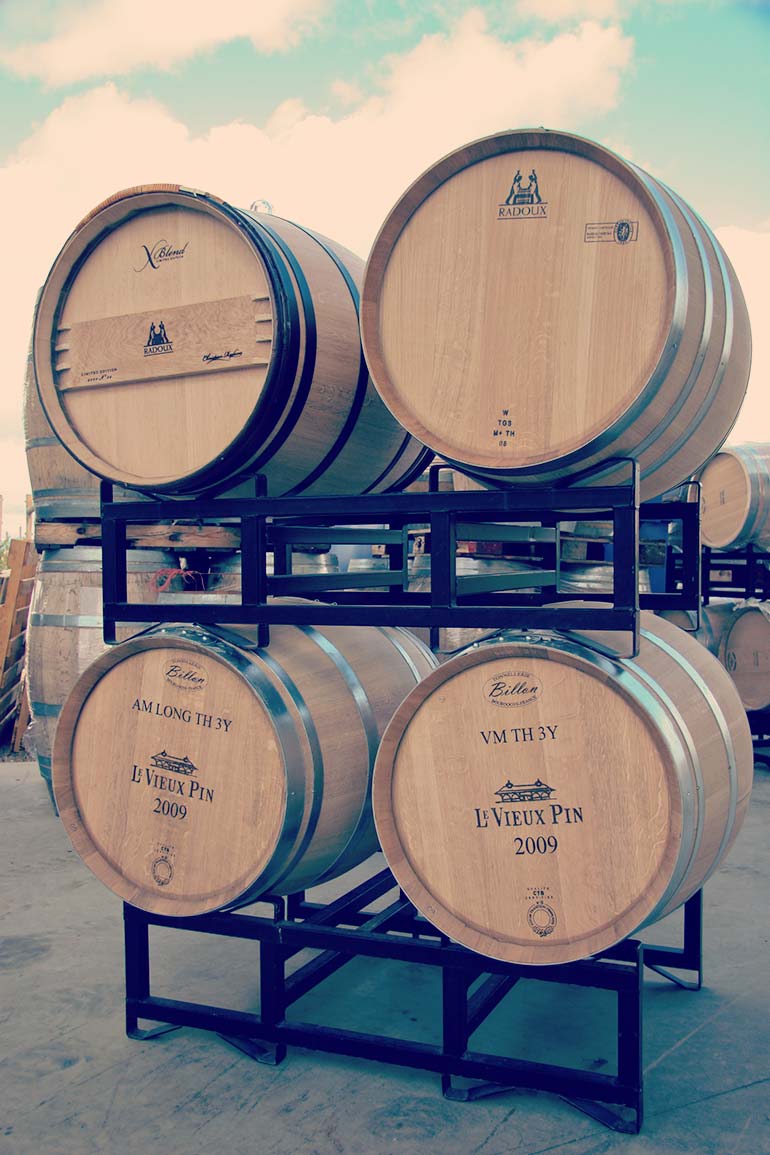September 2014 | General
All About the Okanagan Wine Region
A great article recently written by wine lover Kurtis Kolt for My Wine Canada. It gives a clear picture of what the region expresses through the soil and more information about the DVA’s (sub-regions) that have been suggested. Have a read…
Kurtis Kolt for My Wine Canada:
“It’s a mere 150 kilometre stretch of land, but British Columbia’s Okanagan Valley has a breadth that covers many micro-climates along with an assortment of topographical features that has become the province’s biggest and most popular Designated Viticultural Area, or DVA. Those not from around here could be excused for thinking that a wine’s provenance within the Valley is negligible, but that couldn’t be further from the truth. Created thousands of years ago by glaciers moving south, leaving behind our current lakes, rivers and a slew of glacial deposit that now makes our soils mineral-rich, when it comes to temperature, the Valley follows suit as the majority of the northern hemisphere in getting increasingly hotter the further south you go. We have begun the work in officially establishing sub-regions (or sub-DVA’s, as they’ll be known), but there’s a lot of dialogue and further research to be done before that becomes reality. This is not to say that we don’t unofficially recognise the Okanagan’s sub regions, because you may notice on a wine bottle’s back label or other related materials that we already do. Here are the five main sub-regions going from north to south, cooler to hotter, to help you navigate your wine shopping.
Kelowna/Lake Country
Nestled right on the shores of Okanagan Lake, providing a good diurnal temperature range which brings great acidity. Some of the Valley’s oldest vines are planted here, particularly aromatic whites and a little Pinot Noir as well, all of which work well in the mineral-laden soils. Think Tantalus Vineyards or Summerhill Pyramid Winery.
Naramata/Penticton
This area is highlighted by two major grape-growing areas, Summerland (on the west side of Okanagan Lake) starts cooling down mid-afternoons which does its aromatic whites well (Haywire, TH Wines), while Naramata (on the east side of the lake) bakes well into early evening, allowing a ripe purity of fruit from the likes of Elephant Island and many of JoieFarm’s wines.
Okanagan Falls
This is prime Pinot Noir and Chardonnay country, which makes sense figuring climactically it’s somewhere in between France’s Burgundy region and Australia’s Yarra Valley. Meyer Family Vineyards excels at both varieties.
Golden Mile
We’re getting good and hot here, with plenty of natural sagebrush growing sporadically which’ll pop up now and again as the terroir’s influence. Much of the Okanagan’s big, bold reds come from here from the likes of Road 13 Vineyards and Le Vieux Pin.
Black Sage/Osoyoos
The hottest of ‘em all. In fact, this is Canada’s only desert; we’re talking rattlesnakes and everything. Even the most rugged red grapes get good and ripe here, so much so that wineries like Moon Curser Vineyards are giving red grapes that thrive in hotter countries such as Tannat and Carmenere a whirl, and enjoying a fair amount of success.”
Click here for the full article and map.
